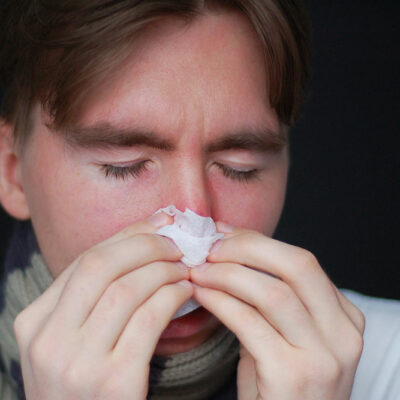
Skin Cancer: Types and Risk Factors
Skin cancer develops when the body is unable to repair the damage caused to the DNA within the skin cells, thereby enabling the skin cells to grow and divide uncontrollably. The damage to the skin cell may be caused due to various factors such as skin type and genetics. However, in most cases, skin cancer occurs due to overexposure to the harmful ultraviolet (UV) light produced by the sun. There are different types of skin cancer. Each type depends on the cells that are damaged.
1. Types of skin cancer
Listed below are the various types of skin cancer.
- Basal cell carcinoma: Basal cell carcinoma is a highly common type of skin cancer. According to the American Cancer Society, it accounts for approximately more than 80 percent of 3 million-plus skin cancer cases that are diagnosed every year. It develops within the skin’s basal cell layers, which is the lowest portion of the epidermis. It occurs in the skin parts that have the highest exposure to the sun. These include the neck and head. Usually, basal cell carcinoma grows gradually, and it is unusual for it to metastasize or spread to distant body parts or adjacent lymph nodes.
- Squamous cell carcinoma: Accounting for around 20 percent of non-melanoma skin cancer, squamous cell carcinoma is the next most common form of skin cancer. It occurs from the flat squamous cells on areas such as the back of the hand, face, neck, or ears, as these are exposed to the sun.
- Other types: Apart from the aforementioned, the other types include Merkel cell carcinoma, melanoma, Kaposi sarcoma, lymphoma of the skin, and actinic keratosis.
2. Risk factors related to skin cancer
Mentioned below are the genetic and lifestyle-related skin cancer risk factors.
Genetic factors
- Personal or family history: People who have siblings or parents suffering from skin cancer are at a higher risk of suffering from this disease. Moreover, people who were earlier diagnosed with skin cancer are at a greater risk of developing this disease again.
- Inherited conditions: People with inherited conditions like xeroderma pigmentosum, which is an inherited disease that impacts the skin’s ability to repair the damage caused due to UV are at a higher risk of developing skin cancer. These people might be affected with this disease at a younger age.
Lifestyle-related factors
- Exposure to chemicals: Chemicals such as particular types of oil, paraffin wax, coal, industrial tar, and arsenic may increase the risk for certain forms of non-melanoma skin cancers.
- Smoking: Individuals who smoke have a higher probability to develop squamous cell skin cancers, specifically on the lips.
- Exposure to UV light: People who spend the entire day working outdoors or who prefer to spend time doing their leisure activities outdoors are quite exposed to the UV light generated by the sun. These people are at a higher risk of getting skin cancer.
The aforementioned aspects are just a few skin cancer risk factors. There are various other factors related to the body, previous treatments, age, and gender that can be found by consulting a physician.


